SOURCE: RAUNAK KUNDE / NEWS BEAT / IDRW.ORG
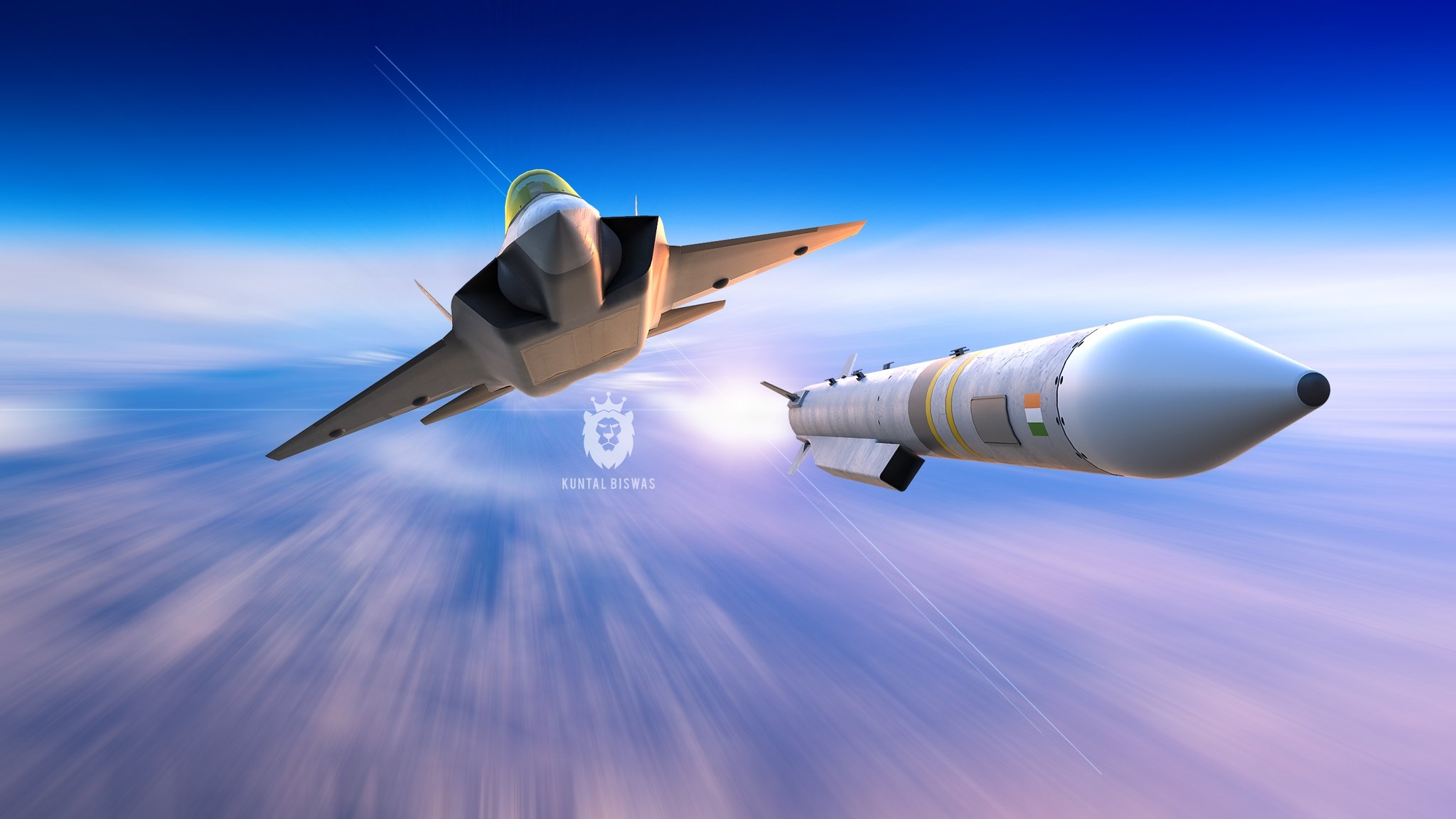

The Indian Ministry of Defence (MoD) has revised its plans for the AMCA fighter jet program, opting for a new model involving two Development cum Production Partners (DcPPs). This revised approach aims to ensure a competitive and efficient development and production process for the advanced 5th-generation fighter jet.
Previously, the MoD had proposed a Special Purpose Vehicle (SPV) model, where the state-owned Hindustan Aeronautics Limited (HAL) would manufacture the initial batch of 40 AMCA Mk1 jets powered by older F414 engines. Subsequently, a private sector majority-owned company would take over the production of the AMCA MkII, with HAL holding a minority stake.
Continue readingSOURCE: RAUNAK KUNDE / NEWS BEAT / IDRW.ORG


The Japan Air Self-Defense Force (JASDF) is set to make a historic visit to India with two Mitsubishi F-2 fighter jets. The F-2s will be participating in the Indian Air Force’s inaugural multilateral exercise, Tarang Shakti.
This is a rare occurrence for the JASDF, as F-2s are not frequently seen at international air exercises. The Mitsubishi F-2 is a multirole fighter derived from the General Dynamics F-16 Fighting Falcon, and it is manufactured by Mitsubishi Heavy Industries and Lockheed Martin specifically for the JASDF.
Continue readingSOURCE: RAUNAK KUNDE / NEWS BEAT / IDRW.ORG


The Ministry of Defence, Government of India, has issued a Request for Information (RFI) for the procurement of the Anti UAS High Power Microwave (Mark II) System (AUHPM Mk II). This advanced system is being sought by the Indian Army to address the evolving threat posed by Unmanned Aerial Systems (UAS), including those operating in swarm configurations.
The AUHPM Mk II system is envisioned to be a comprehensive solution with capabilities in surveillance, detection, tracking, and neutralization of hostile UAS.
Continue readingSOURCE: IDRW.ORG TEAM
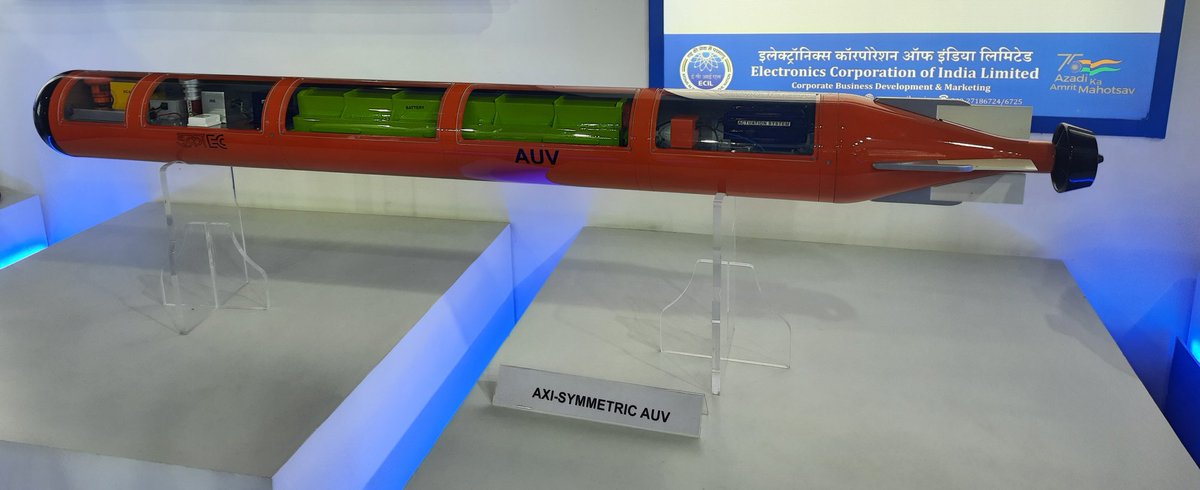

The Electronics Corporation of India Limited (ECIL) has showcased its latest technological marvel, the ECAUV 500. This advanced Autonomous Underwater Vehicle (AUV) is designed to excel in a variety of underwater applications, from oceanographic research to underwater surveillance.
The ECAUV 500 is designed to handle complex underwater tasks, making it ideal for military, scientific, and commercial applications. Its positive buoyancy and endurance enable it to perform extensive surveys, mapping, and reconnaissance missions in diverse underwater environments. Additionally, the robust depth rating and scalable design allow it to adapt to various mission requirements, from coastal surveillance to deep-sea exploration.
Continue readingSOURCE: IDRW.ORG TEAM


India has issued a Notice to Airmen (NOTAM) declaring a no-fly zone over the Bay of Bengal region and extending into the Indian Ocean. This notification, effective from September 6th to 7th, 2024, indicates that a missile test is likely to take place during this period.
The designated NOTAM area covers an extensive region of 1625 kilometers. However, the NOTAM for the rocket splashdown area extends even further, reaching a distance of 2680 kilometers. These measures are essential to ensure the safety of both civilian and military aircraft during the missile test.
Continue readingSOURCE: RAUNAK KUNDE / NEWS BEAT / IDRW.ORG

The Indian Navy has received approval for the construction of an additional S-4 class nuclear ballistic missile submarine (SSBN), according to a report by ANI. This will bring the Navy’s fleet of nuclear ballistic missile submarines to a total of five units.
INS Arihant and INS Arighat, the existing SSBNs, have a submerged displacement of approximately 6,000 tons and are sister ships with the same basic design. However, INS Arighat incorporates significant internal upgrades, making it more advanced than INS Arihant.
Continue readingSOURCE: RAUNAK KUNDE / NEWS BEAT / IDRW.ORG
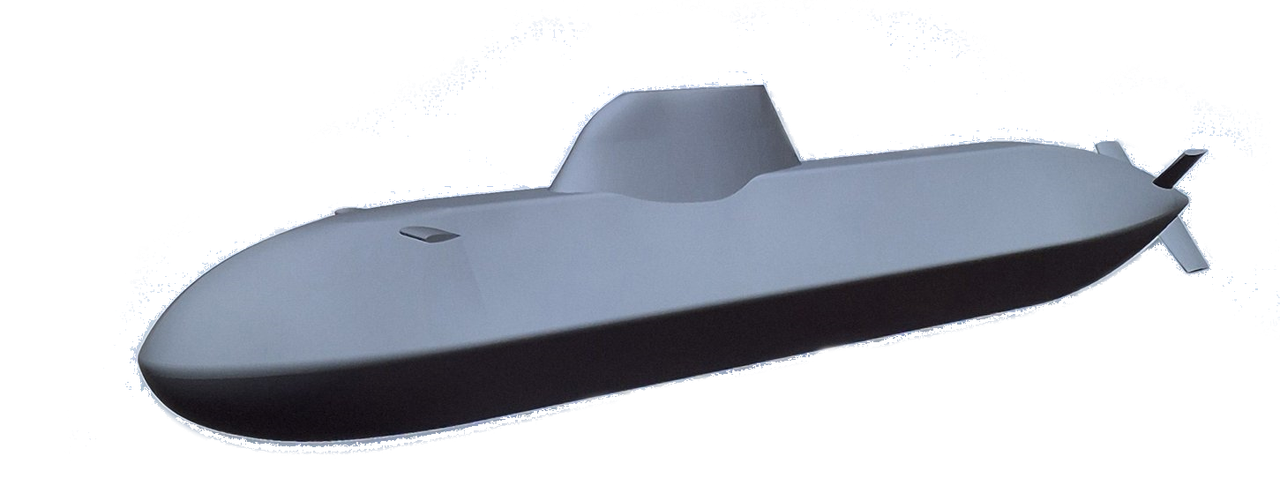

Germany’s ThyssenKrupp Marine Systems (TKMS) has proposed a state-of-the-art submarine variant to India, the customized T-214, equipped with Next-generation Air Independent Propulsion (AIP) systems. This advanced AIP technology includes a reformer that produces hydrogen on board, eliminating the need for storing hydrogen in large, cumbersome tanks—a significant innovation that enhances both the safety and operational efficiency of the submarine.
The reformer is a critical component of the AIP system, responsible for producing hydrogen through the reformation of liquid hydrocarbons, such as diesel. This process involves a series of chemical reactions that convert these hydrocarbons into hydrogen gas, which is then used in fuel cells to generate electricity.
Continue readingSOURCE: RAUNAK KUNDE / NEWS BEAT / IDRW.ORG


In a proactive move to counter the growing threat of drones on the battlefield, the Indian Army has issued a call for a portable drone detector that can be easily carried by soldiers. The demand for such a device arises from the increasing use of FPV (First Person View) drones by adversaries, which can be difficult to detect and neutralize.
The Army is looking for a compact device capable of detecting drones operating across a wide frequency spectrum, ranging from 600 to 6,000 MHz, and even beyond this range. Additionally, the detector should be able to accurately determine the drone’s trajectory with a low direction angle of 15 to 30 degrees.
Continue readingSOURCE: IDRW.ORG TEAM

Tomorrow, the Indian Navy is set to induct its second nuclear ballistic missile submarine, INS Arighat. The historic event will be graced by the presence of Rajnath Singh, the Defense Minister of India, and Admiral Dinesh Kumar Tripathi, the Chief of the Naval Staff. Senior Naval officials, scientists from the Defense Research and Development Organization (DRDO), and the Bhabha Atomic Research Centre (BARC) will also be in attendance.
INS Arighat is a sister ship of the lead submarine INS Arihant and is part of the Arihant class of nuclear-powered submarines. However, due to technological advancements over the years, INS Arighat is significantly more advanced than its predecessor.
Continue readingSOURCE: IDRW.ORG TEAM


ideaForge Technology Limited, a leading Indian drone manufacturer, has achieved a major milestone with the Directorate General of Civil Aviation (DGCA) granting type certification to its latest unmanned aerial vehicle (UAV), the Q6 V2. This certification validates the Q6 V2’s compliance with stringent safety and quality standards, solidifying ideaForge’s position as a prominent player in the drone industry.
The Q6 V2 builds upon the success of its predecessor, the Q6 drone, which has gained recognition for its exceptional performance and versatility across various sectors, including defense, civil, and enterprise applications. The new model incorporates advanced features and enhancements, further expanding its capabilities.
Continue readingSOURCE: RAUNAK KUNDE / NEWS BEAT / IDRW.ORG
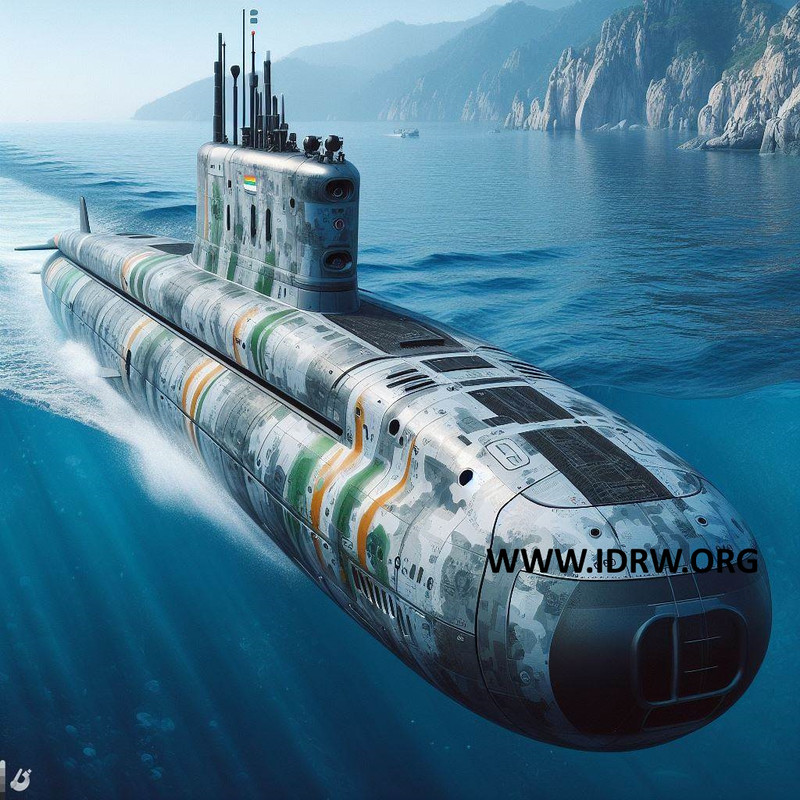

In a significant development aimed at bolstering India’s submarine prowess, the Defence Research and Development Organisation (DRDO) and the Mazagon Dock Shipbuilders Limited (MDL) are set to engage in a competitive design race for the Indian Navy’s upcoming Project-76. This ambitious project envisions the procurement of 12 next-generation submarines in two phases of six each.
DRDO has received the green light to collaborate with the Indian Navy’s Warship Design Bureau (WDB) to develop a new indigenous conventional submarine design. Drawing inspiration from the successfully concluded SSN nuclear attack submarine’s design phase, DRDO’s design is expected to incorporate cutting-edge technology and advanced capabilities.
Continue readingSOURCE: RAUNAK KUNDE / NEWS BEAT / IDRW.ORG


Aeronautical Development Establishment (ADE) is actively exploring the possibility of offering its Archer Short Range Unmanned Aerial Vehicle (SRUAV) to fulfil the Indian Navy’s requirement for a Naval Aerial Robotic System (NARS). The NARS program seeks a modular UAV capable of operating from aircraft carriers, and the Indian Navy has tentatively expressed a need for 10 such systems.
The Archer SRUAV, renowned for its versatility and endurance, is being considered as a potential candidate. However, to adapt to the demanding career environment, significant modifications would be necessary. These include incorporating folding wings to optimize deck space and reinforcing the undercarriage to withstand the rigors of carrier landings.
Continue readingSOURCE: RAUNAK KUNDE / NEWS BEAT / IDRW.ORG

In a bid to bolster its fighter jet fleet amidst ongoing shortages, the Indian Air Force (IAF) has decided to extend the service life of its MiG-29UPG fighter jets. The service branch plans to implement a second life extension program to increase the operational lifespan of these aircraft from 40 to 50 years.
Originally slated for retirement in 2027, the MiG-29UPG fleet will now remain in service until 2035. This decision comes in response to the IAF’s pressing need for fighter aircraft, as the induction of the Tejas MkII, its intended replacement, is facing delays.
Continue readingSOURCE: IDRW.ORG TEAM


The Medium Machine Gun (MMG) MAG, manufactured by Small Arms Factory (SAF), a unit of Ordnance Factory Organization, Kanpur, is set to make its mark in the European market. Several European companies have expressed strong interest in acquiring these high-performance weapons.
The MAG gun, designed to serve as a medium machine gun, is known for its reliability and effectiveness. It is a fully automatic, air-cooled, belt-fed, gas-operated weapon capable of delivering sustained high rates of fire in bursts. The gun features an open breech design, preventing the risk of cartridge explosions (cook-offs) even after prolonged firing.
Continue readingSOURCE: IDRW.ORG TEAM


De Havilland Canada, a leading global aerospace company, is exploring the possibility of establishing a supplier base in India to support its aircraft platforms. The manufacturer of the iconic Twin Otter aircraft, which holds over 95% of the global seaplane market share, sees India as a significant growth market.
With more than 100 Twin Otter aircraft already deployed in the neighboring Maldives, De Havilland Canada anticipates significant growth potential in India. The company predicts the creation of 60-100 seaplane routes in the country over the next five years, requiring the development of approximately 30 aerodromes.
Continue reading